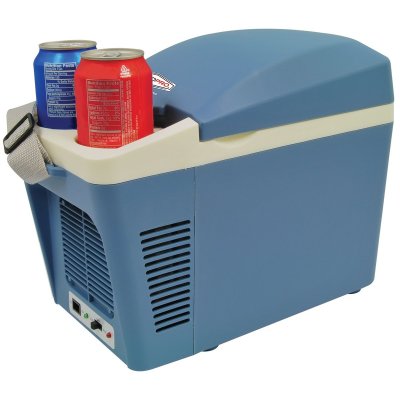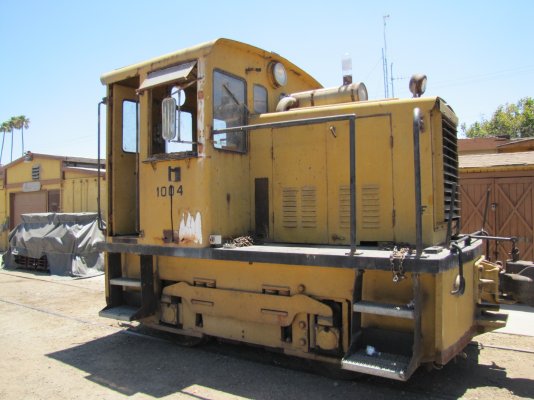ERD50
Give me a museum and I'll fill it. (Picasso) Give me a forum ...
My old Econoline (1966) had the battery inside, but it was in a vented box, similar to that used on RVs. My 1965 VW had the battery under the rear seat, but there were so many rust holes that it was ventilated - that is until I hit a big bump and the battery went through the floor.
OMG! I almost forgot, I owned one of that vintage (forget the exact year), an Illinois Bell auction sale, a few hundred bucks I think. I remember the engine compartment hood in side, but I forget where the battery was. I recall the choke was a pull knob right in the middle front of that engine compartment.
The carb was always giving me problems, and sometimes I'd need to pull the choke a bit just to keep it running. Makes you appreciate fuel injection and computer controls!
Does this bring back any memories:
He claims the in-line 6 had a lot of power, I don't remember that. I recall barely keeping 55 mph in a headwind! Had to work that Three-On-A-Tree!
-ERD50


